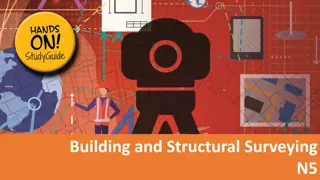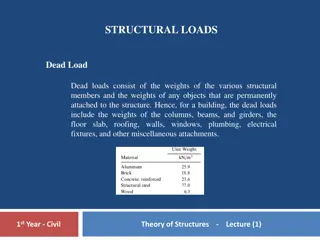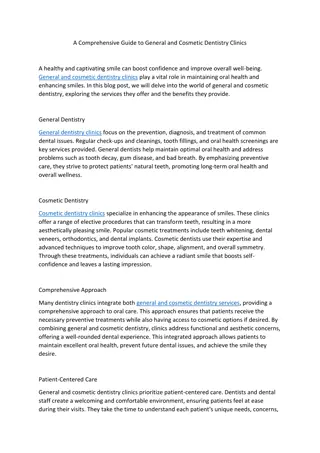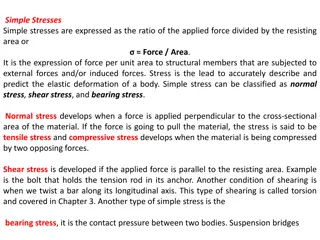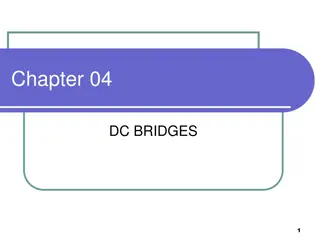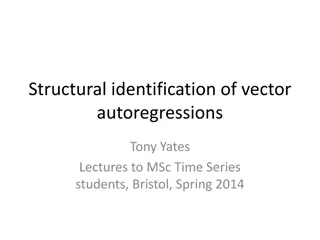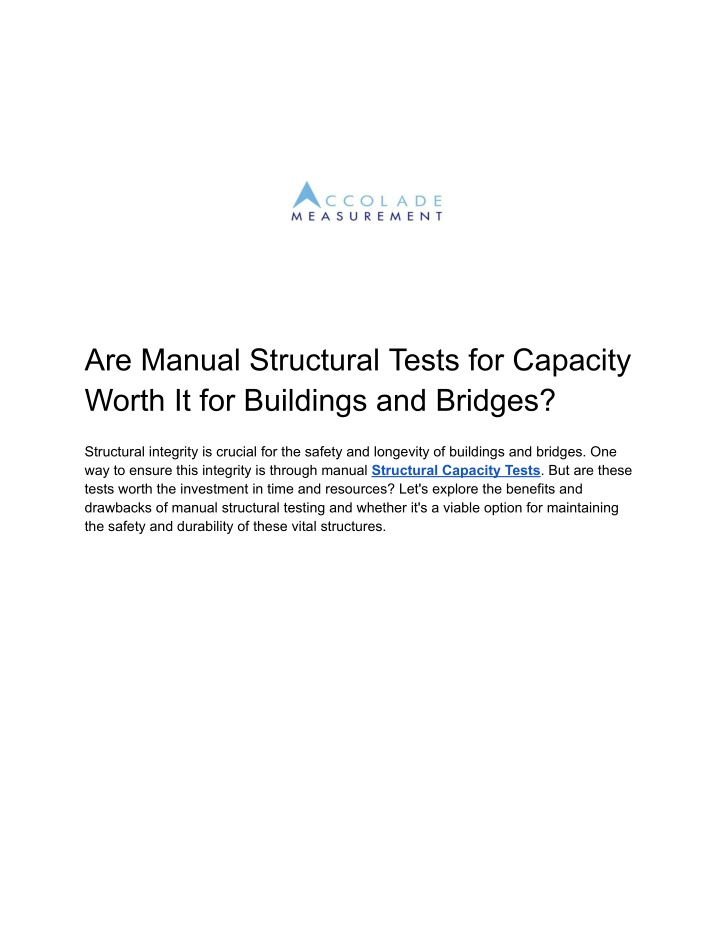
Are Manual Structural Tests for Capacity Worth It for Buildings and Bridges
nStructural integrity is crucial for the safety and longevity of buildings and bridges. One way to ensure this integrity is through manual Structural Capacity Tests. But are these tests worth the investment in time and resources? Let's explore the b
Download Presentation

Please find below an Image/Link to download the presentation.
The content on the website is provided AS IS for your information and personal use only. It may not be sold, licensed, or shared on other websites without obtaining consent from the author. If you encounter any issues during the download, it is possible that the publisher has removed the file from their server.
You are allowed to download the files provided on this website for personal or commercial use, subject to the condition that they are used lawfully. All files are the property of their respective owners.
The content on the website is provided AS IS for your information and personal use only. It may not be sold, licensed, or shared on other websites without obtaining consent from the author.
E N D
Presentation Transcript
Are Manual Structural Tests for Capacity Worth It for Buildings and Bridges? Structural integrity is crucial for the safety and longevity of buildings and bridges. One way to ensure this integrity is through manual Structural Capacity Tests. But are these tests worth the investment in time and resources? Let's explore the benefits and drawbacks of manual structural testing and whether it's a viable option for maintaining the safety and durability of these vital structures.
The Value of Manual Structural Tests for Buildings and Bridges Ensuring the structural integrity of buildings and bridges is paramount for public safety and longevity. Manual structural tests play a crucial role in this process. Are these tests worth the investment? Let's explore their benefits and determine if they are essential for maintaining safe and durable structures. Accuracy and Reliability Manual structural tests provide a high degree of accuracy and reliability. Engineers can precisely assess specific elements of a structure, such as load-bearing capacities and potential weak points. This hands-on approach allows for a detailed examination of materials, connections, and overall construction quality, ensuring that any potential issues are identified and addressed promptly. While automated systems can offer speed and efficiency, the human element in manual testing ensures a thorough and nuanced evaluation.
Comprehensive Analysis Manual testing often involves a more comprehensive analysis of a structure. Engineers can visually inspect and physically test various components, providing a holistic understanding of the building or bridge's condition. This method allows for the detection of subtle issues that automated tests, such as small cracks, corrosion, or material fatigue, might miss. Manual testing's thoroughness ensures that every aspect of the structure is scrutinized, contributing to overall safety and longevity. Cost-Effectiveness While manual structural tests may seem time-consuming and labor-intensive, they can be cost-effective in the long run. By identifying and addressing issues early, these tests can prevent costly repairs or catastrophic failures down the line. Investing in manual testing can save significant amounts of money by avoiding the need for extensive repairs, legal liabilities, and even loss of life. The upfront costs of manual testing are often outweighed by the long-term savings and enhanced safety it provides. Regulatory Compliance Many building and bridge projects require compliance with strict safety regulations and standards. Manual structural testing ensures that these requirements are met, providing documented evidence of the structure's capacity and integrity. This compliance is crucial for obtaining necessary permits and certifications, as well as for maintaining public trust and safety. Manual tests offer a reliable means of ensuring that all regulatory criteria are satisfied, reducing the risk of legal and financial penalties.
Enhanced Safety Ultimately, the primary goal of manual structural testing is to enhance safety. By thoroughly examining a structure's capacity and identifying potential risks, these tests help prevent accidents and failures. Whether it's a high-rise building in a bustling city or a critical bridge connecting communities, ensuring structural safety is paramount. Manual testing provides peace of mind, knowing that every precaution has been taken to safeguard the lives of those who use these structures daily. Adaptability to Complex Structures Manual structural tests are highly adaptable and can be tailored to suit the unique requirements of complex structures. Engineers can modify testing procedures to address specific design features, materials, and environmental conditions. This adaptability is particularly beneficial for older buildings and bridges that may not conform to modern standards.
By customizing tests, engineers can accurately assess the structural integrity of these unique constructions, ensuring their continued safety and usability. Human Expertise and Judgment One of the most significant advantages of manual structural testing is the application of human expertise and judgment. Experienced engineers bring a wealth of knowledge and practical insight to the testing process, allowing them to identify potential problems that automated systems might overlook. Their ability to interpret data, understand context, and apply critical thinking ensures that the assessment is thorough and reliable. This human element adds an invaluable layer of assurance to the structural evaluation process. To Summarise all Manual Structural Capacity Tests are worth investing in buildings and bridges. They offer unparalleled accuracy, comprehensive analysis, cost-effectiveness, regulatory compliance, enhanced safety, adaptability, and the invaluable application of human expertise. While automated systems have their place, the human touch in manual testing ensures a level of detail and reliability that is crucial for maintaining the integrity of vital structures. Manual structural testing remains a cornerstone of safety and longevity as we continue to build and connect our world. Accolade Measurement specializes in providing precise and reliable structural testing services for buildings and bridges. Using advanced techniques and expert analysis, we ensure the safety and integrity of critical infrastructures, delivering comprehensive reports and solutions that meet the highest industry standards. Trust us for your structural assessment needs.


